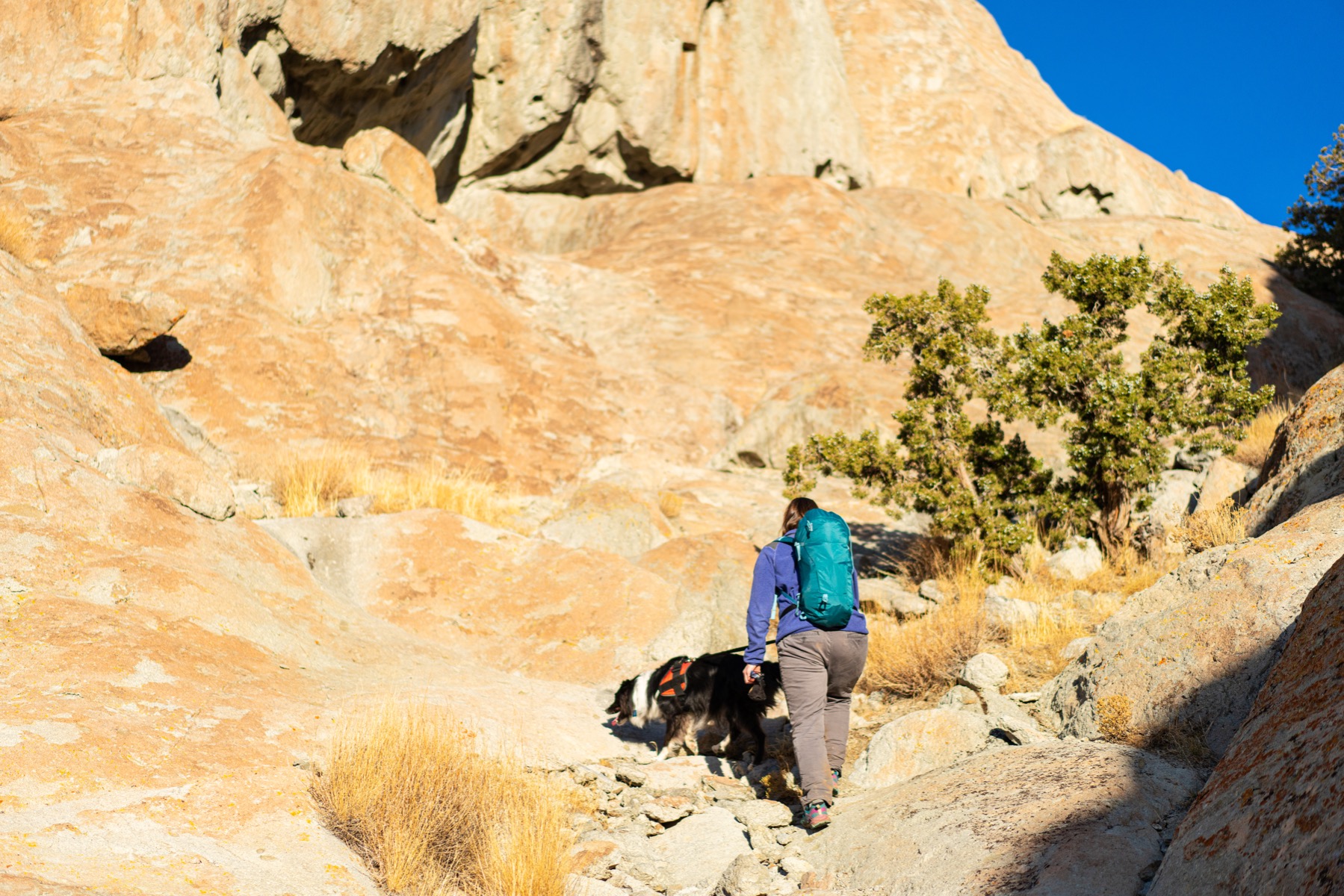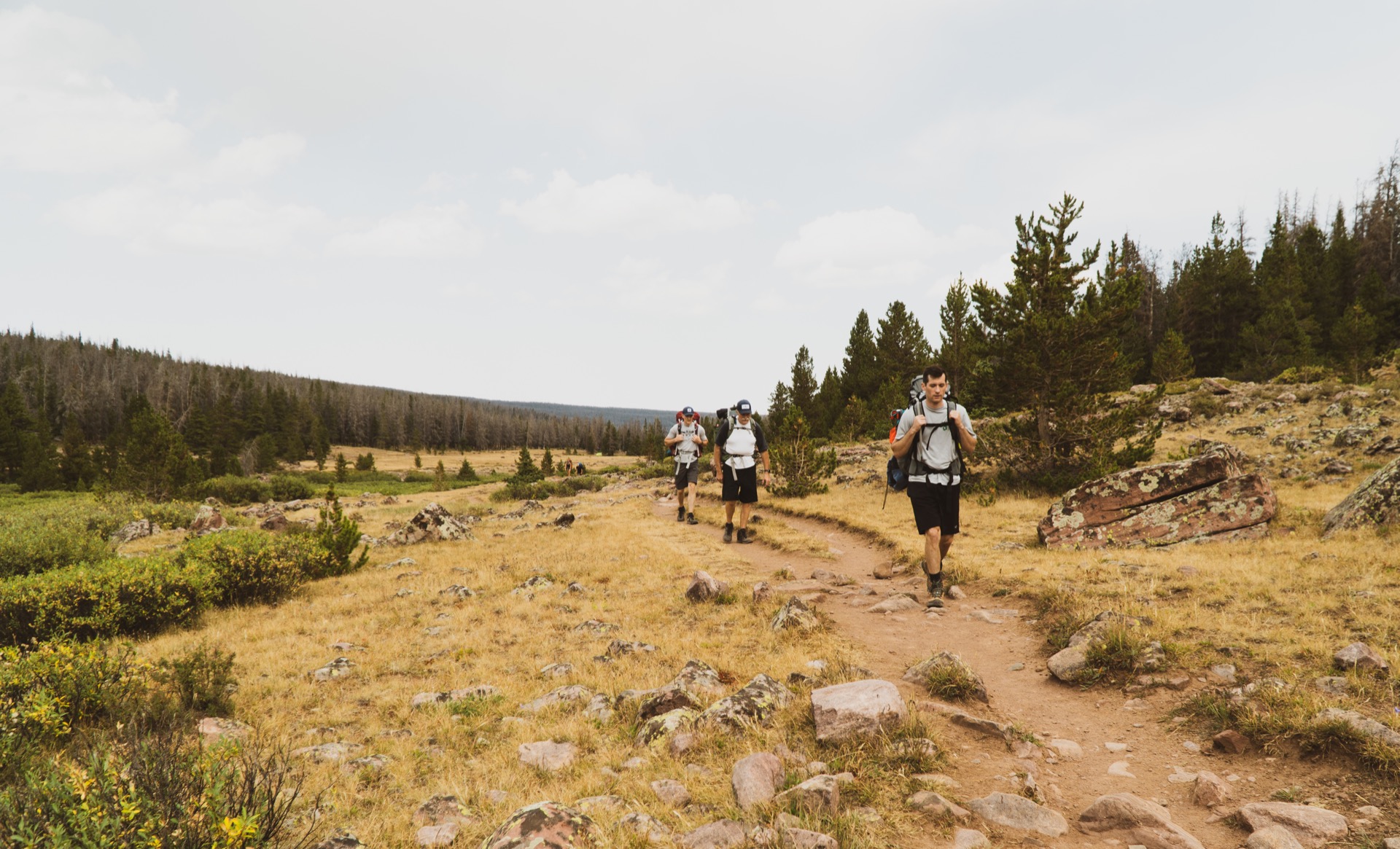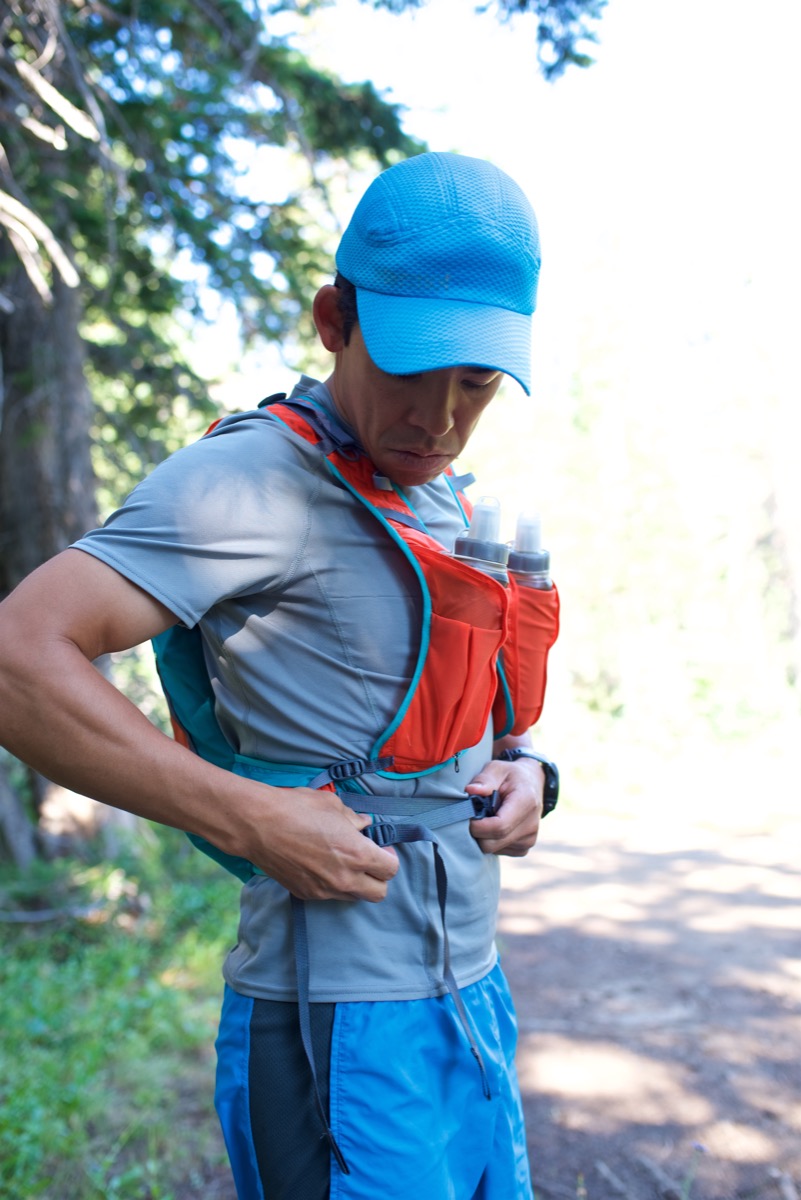Deciphering Trail Reviews
The draw of the unknown has been described by artists and poets for millennia. Sometimes, you come up with an objective for exploration organically. You live your day-to-day life and spot a summit, canyon or ridgeline from the road or your office window. Sometimes a friend or coworker shows you pictures from their weekend excursion or maybe you were scrolling on social media and got inspired. But how do you get started on planning to visit those places that keep calling your name? It’s an incredible fortune to have a mentor that you can turn to who can make recommendations to help you reach your objectives, but not all of us have found that adventure buddy yet. Lucky for you, we interviewed our staff on what advice they would have for someone trying to plan their first big objective. We hope this gets you started into your research and accomplish your goals!


One of the easiest things to look at is the trail rating. Does the internet say it will be easy or hard? However, don’t forget to look at why it got that rating. Is it hard because it’s long or is there a lot of elevation change? At your fitness level, lots of miles may not be a problem if the trail is flat, maybe your muscles are tuned to do a lot of climbing without covering a lot of miles. If you’re uncertain what level you’re at, the only way to find out is to get out and try something. Another thing to think about with elevation change is when does the hike get steep? Does it start out flat and then start to climb? If it’s an out-and-back style of trail this may be a good place to test yourself. How far can you make it? A trail that is designed to loop has a higher commitment requirement so be aware of what you are choosing before you get too far to turn back. Chances are the website or app you’re using has a filter feature that will help you narrow down these options. Using this information, it should be straightforward to choose a trail appropriate for your goals, whether that be training or leisure.
A valuable resource is the people around you. Start by simply chatting with friends, family, coworkers, or even strangers you meet on a trail about your desire to go hiking. They may have good information about an area to explore. What did they see on the trail? Why did they remember it? What time of year do the wildflowers bloom? Maybe they have good tips on gear that you should bring on a hike as well. For example, they may have just completed the trail they’re suggesting to you and needed traction spikes. The condition of the trail is always changing, don’t assume it will always be free of snow or mud.


One of the best ways to check the condition of the trail is to read comments in apps, websites, or social media groups. Those who recently hiked the trail will often offer up their insights on the trails condition, how they felt the trail rating held up to their level, animal activity and even sometimes the best time of day to hop on the trail. These comments are incredibly valuable and often overlooked. You might even consider leaving your own comments and include photos describing what you see.
If you have a specific trail in mind, explore other trails in the area to start testing out how the environment around you behaves before you tackle your big objective. Things to consider for your big hike is who is going with you? Are you going to bring your four-legged friend? Youl would want to check to see if dogs are allowed in that area or is it a watershed area? Are there animals that would make bringing a dog risky? How well are the trails maintained? If you have an injury or other physical limitations, an ungroomed trail could make hiking much more difficult than expected. Is there water run-off at a specific time of year that you may want to avoid? Even the more fun aspects of a hike are something to explore, will the leaves be colorful in the fall? Maybe that is the best time to complete your hike.
A few final thoughts of things to consider would be if you going to prefer a solitary hike or one that has lots of opportunity for interaction? If the trail heavily trafficked, this could pose a problem for a more solitary hike. There are pros and cons to both it just depends on what type of hike you are looking for. How available is water? Should you plan on packing in all your own water, or is there water on the trail that you can filter and refill your bottles with? How exposed is the trail? Exposure is talking about exposure to the elements, sun and wind being big ones to look out for. There may also be information about how quickly storms roll through the area. This will help you know whether to pack a light jacket or extra sunscreen.
There’s a lot to think about when planning a hike, but there is also a lot of information available to you. Don’t be afraid to share your own observations and learn from others. You wouldn’t know there is still snow on the trail if someone before you hadn’t recorded it. The folks behind you won’t know unless you record it for them. This receiving and sharing of information will inevitably improve your ability to interpret trail data and improve your hiking experiences. Get out and explore wild places and learn from your amazing experiences.












